This year on Houzz I’ve seen how thoughtful gardens and good ideas transcend aesthetics and style. In the projects we’ve profiled and the articles we’ve written, several core values continue to surface. And though designs and trends are always driving forces, these ideas drill deeper than that, examining what the garden means without imposing rules or expectations. We’ve planted the seeds, so in 2014 let’s grow some of these ideas.
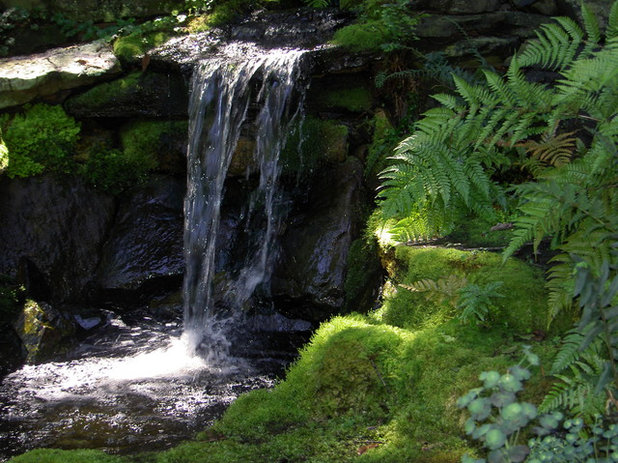
Jay Sifford Garden Design
1. Design a garden that makes you feel good. Gardens can be an extension of your design style, a complement to your home’s architecture or a way to share your point of view with the world, but they also can be healers.
Outdoor spaces, plants and wildlife often have restorative powers that no perfectly decorated room can match. Make your garden a place you can be proud of, but most important, make it a place you can feel yourself in. Don’t worry about expectations, and build a garden that makes you feel at home — that’s the masterpiece.
See more: Unwind in Your Own Private Garden Escape
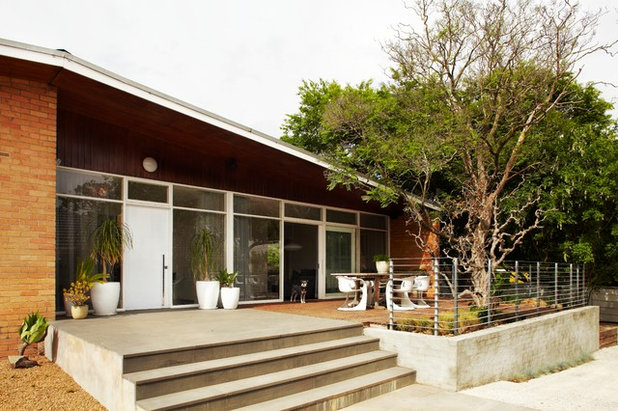
Sharyn Cairns
2. Use the front yard. Though the front garden is rarely a neglected space, its function is constantly called in to question. Curb appeal looms large in front yards, but that’s not all they offer.
Consider bringing some gardening and outdoor living front and center. Instead of building that back deck, build a front deck if that would work for your yard. Thinking of adding raised beds? Line your sunny entry so you have fresh produce on your way to the front door. Experiment with new plants in your hell strip.
See more: Take Back Your Front Yard: 8 Ways to Make It Social

CYAN Horticulture
3. Let nature inspire you. You want a garden that reflects your personality, lifestyle and aesthetic, but you also want a garden that will grow. What better place to look than native landscapes?
I’m not saying try and re-create Muir Woods, but you can use generations of plant trial and error, perfectly tailored to your microclimate, to your advantage. “By studying naturally occurring plant combinations around the globe as well as in the field across the street, we may find the humblest yet most efficient plant combinations,” says plantsman Dave Demers. Maybe this year look at the fringe for inspiration.
See more: Shape a Sea-Inspired Garden | Devise a Desert Garden | Grasslands to Garden | Mighty Mountain Gardens | Ideas for a Woodland Garden
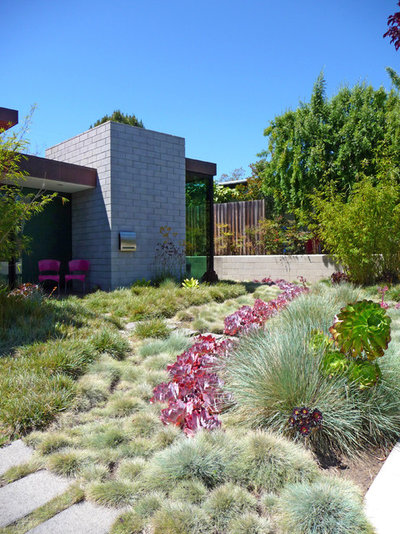
Kiesel Design - Landscape Architecture
4. Re-imagine the lawn. Political leanings aside, traditional lawns consume a lot of water, require a lot of care and sometimes just aren’t the right fit. Consider lowering your water bill and increasing your garden’s biodiversity by swapping out sod for a native grass, shrinking the edges of the lawn or eliminating it entirely. Just look at this lovely front yard lawn conversion, filled with blue fescue and echeveria.
See more: Get Along With Less Lawn — Ideas to Save Water and Effort
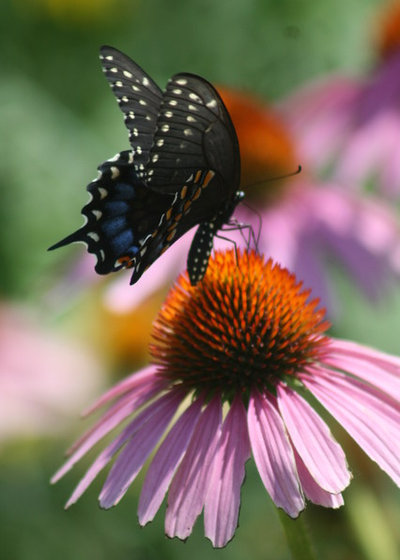
Benjamin Vogt / Monarch Gardens
5. Make your garden a wildlife magnet. Why not design a garden that’s attractive to all visitors? By planting pollinator attractors, leaving seed heads up through winter, or adding a water feature for thirsty birds and butterflies, it’s a win-win for all involved: Wildlife gets a place to hang out, and you get to enjoy the view.
See more: Attracting Birds and Butterflies
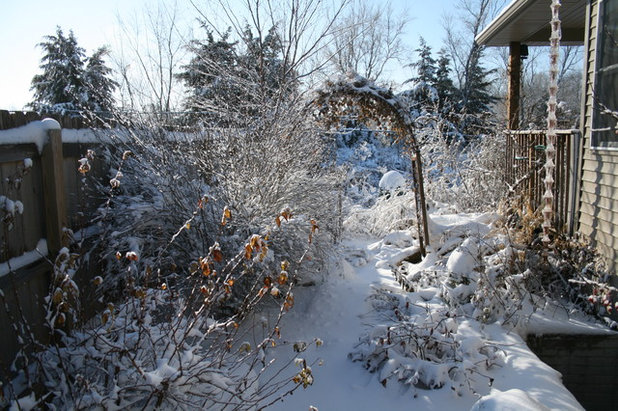
Benjamin Vogt / Monarch Gardens
6. Leave plants up. Consider saving some chores by forgoing the usual seasonal cleanup and letting your plants stay up through the winter. Like red wine or that perfect pair of boots, the winter garden only gets better with time.
See more: 7 Reasons Not to ‘Clean Up’ Your Fall Garden
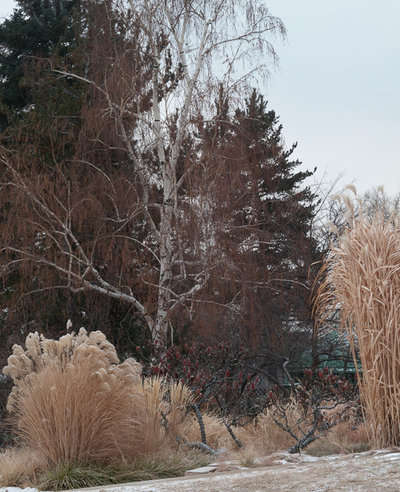
Le jardinet
7. Design for winter interest. We have come to expect the winter garden to be a transitional period between the fiery glory of fall and the brilliant rebirth of spring, but the winter garden can be beautiful, too.
Gardens like the Denver Botanic Garden, shown here, have planned their gardens for winter interest. See how the frozen grasses frame the crimson seed heads and naked sumac tree?
See more: Inspiring Winter Scenes From the Denver Botanic Gardens
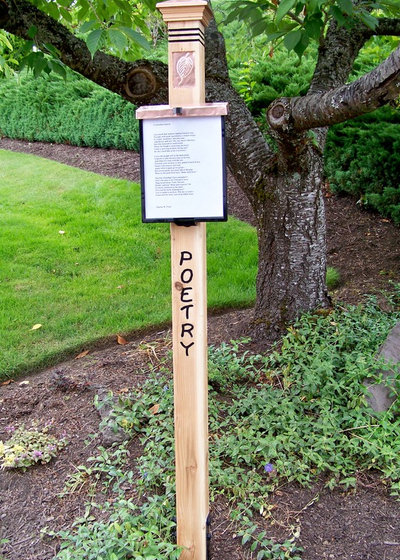 8. Make it a group effort.
8. Make it a group effort. Whether you choose to plant a tree with your neighborhood, set up a lawn chair in the front yard, organize a garden tour or even try a poetry box, realize that the landscape doesn’t stop at the fence line.
See more: 15 Ways to Make Your Neighborhood Better
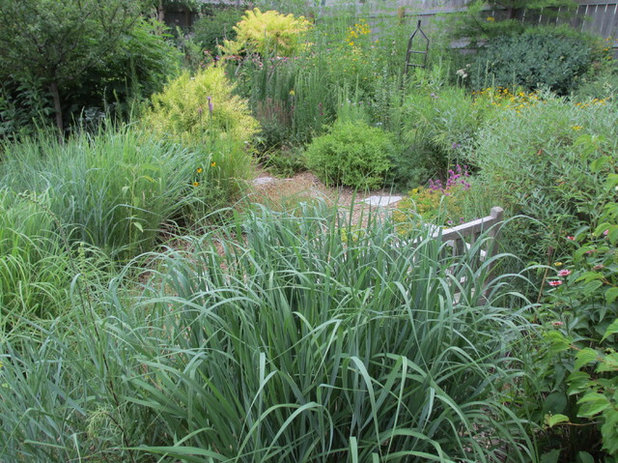
Benjamin Vogt / Monarch Gardens
9. Relax. At the end of the day, you want your garden to be a refuge, not just a responsibility. You can’t control which plants will thrive and which will randomly die, or which will flower and when. Your garden will have its own ideas about what it wants to do.
You can help steer it in the right direction, but eventually the birds, bees, butterflies, roots, squirrels, sun and rain will take over. Landscape consultant Benjamin Vogt suggests that you be patient and “see what the garden has to teach you, what each plant and bird and insect has to share about how nature works.” The garden evolves and each year will be different — but that’s exciting. Embrace the change.
See more: How I Learned to Be an Imperfect Gardener





